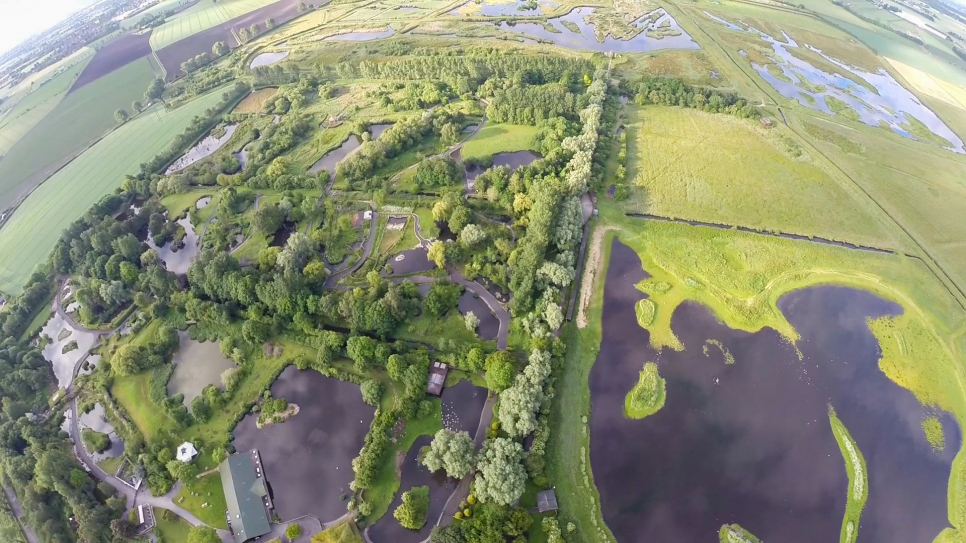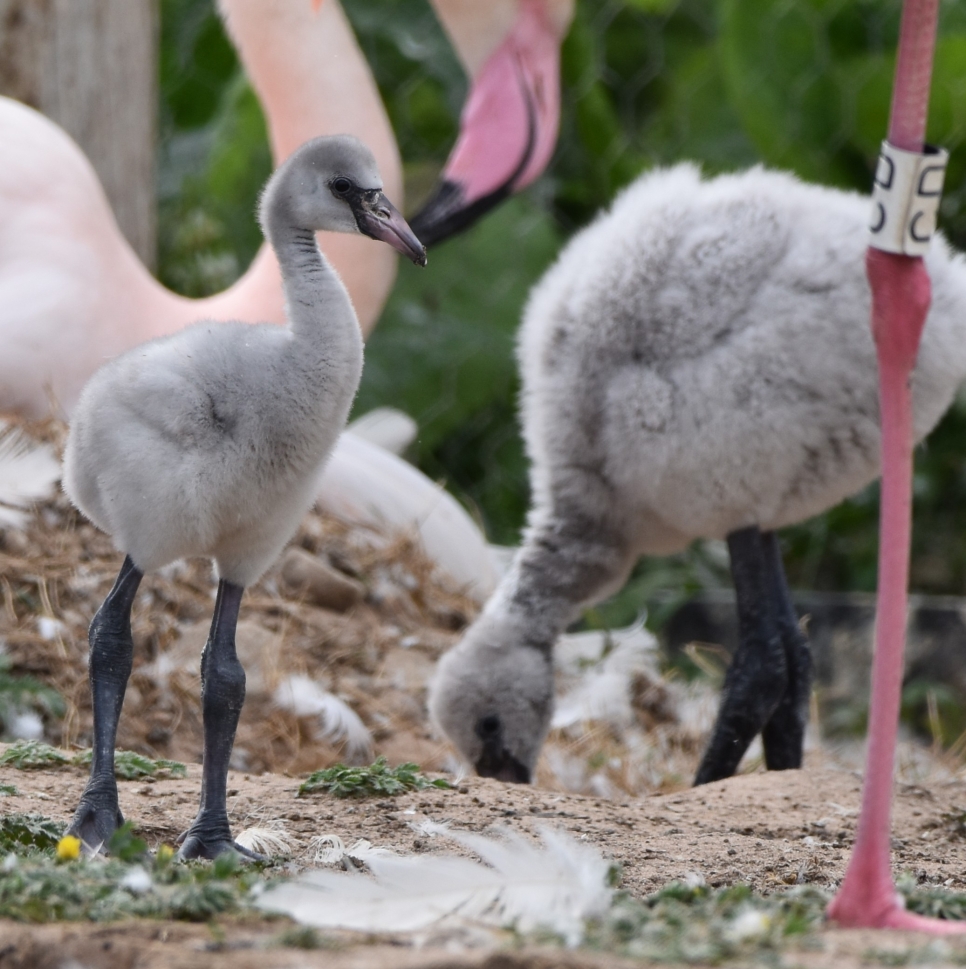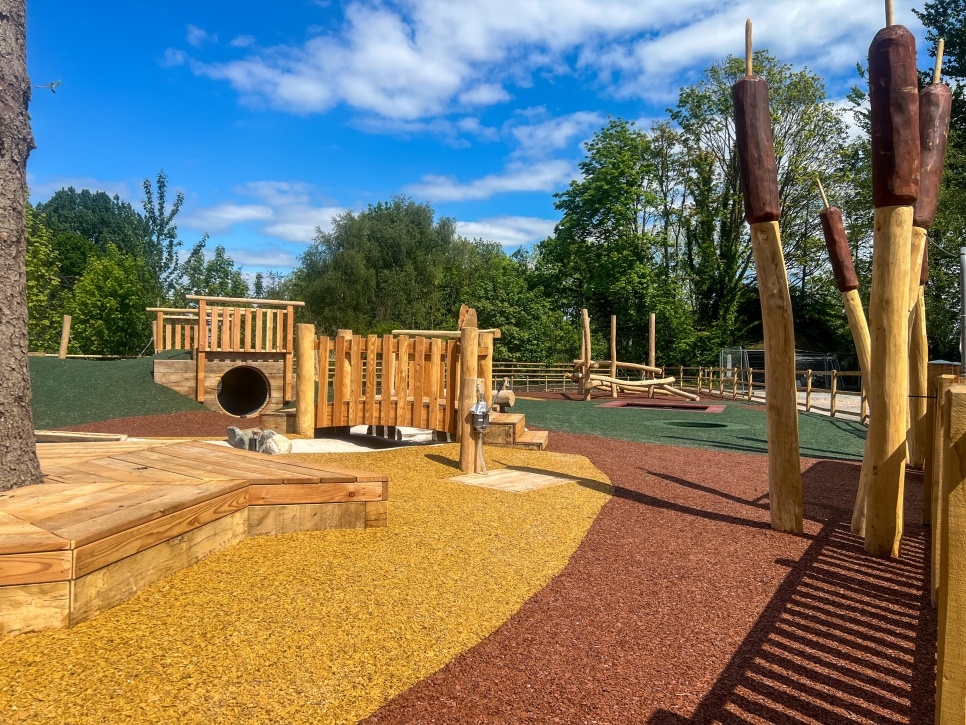A Wild Guide to Spring
Spring is an amazing time of year to discover wetland wildlife. This guide is here to help you make the most of your day and have an amazing wetland adventure.
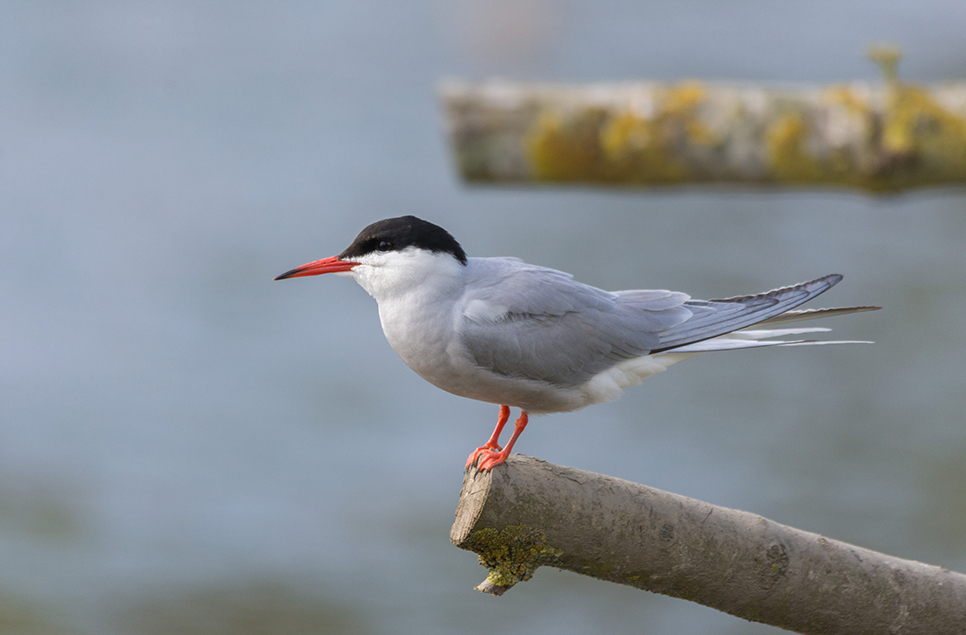
Spring is an amazing time of year to discover wetland wildlife. This guide is here to help you make the most of your day and have an amazing wetland adventure.
As you head out of the door and walk up towards the discovery hide, you have the option to turn left or right to walk along the nature trail. Turning right takes you to a woodland area towards the Ron Barker hide, whilst turning left allows for views across the mere, Janet Kear hide and the reedbed walk.
Below is a summary of what wildlife you are likely to see whilst you explore this spring.
Reedbed walk and Gordon Taylor hide
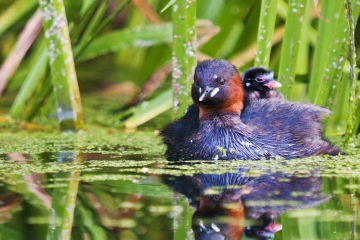
The reedbed walk is a feast for your senses through sight and sound. Spend the time simply stopping and listening and enjoy being immersed in nature.
The reedbed walk is accessed from the lower level of the Harrier hide and the exit is next to the United Utilities hide. It is one mile in length and can be muddy underfoot so good walking boots are advised. There are a number of benches out on the walk for a rest and the opportunity to spend some peaceful time in your surroundings.
Secretive species within the reedbed means that you will often hear them before seeing them. Sit down and listen out for the loud booming bittern trying to attract a mate, bearded tits, great crested grebes, reed warbler and sedge warbler and the signature call of the cetti’s warbler. Don’t just focus on the reeds, look up to see marsh harriers, peregrines, kestrels flying above. You may also see gadwall, mallard, tufted duck, pochard, little grebe, reed bunting and blackcap as you walk around.
The Gordon Taylor hide is located on the reedbed walk and the hide gets you up close to the wildlife including nesting avocets, lapwing, little ringed plovers and waterfowl ducklings, but it isn't just the birds, keep a sharp look out for Roe deer and stoats.
Janet Kear hide
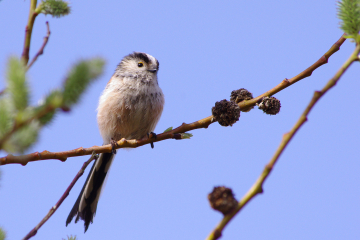
A lovely hide to sit and watch perching birds as they collect bird food from the feeders. Regular sightings at this time of the year include chaffinch, greenfinch, reed bunting, tree sparrows, blue tits, great tits, long-tailed tits and greater spotted woodpeckers. Nest boxes have been put up along the nature trail as part of our project to increase the number of tree sparrows nesting on site, in the last two years we have had at least 16 broods fledge. You will also see tawny owl nest boxes and barn owl boxes up high.
The nature trail
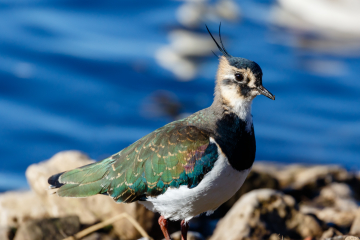
There are two viewing platforms, plus the Discovery hide, Raines Observatory and Hale hide that overlook the expansive Mere and surrounding marsh and grassland. The woodland walk leading up to the Ron Barker hide offers the chance to sit on the benches and quietly listen to bird calls or view perching and song birds using the feeding stations such as goldfinches, long-tailed tits, redwing, fieldfare, mistle thrushes and robins.
There are toilets located opposite the Raines Observatory that include an accessible toilet.
The mere is a hive of activity over the spring with nesting avocets and black headed gulls. Last year we had 22 pairs of avocets nesting and 509 black-headed gull nests. We even had 3 nesting pairs of terns out there. In the fields from the Ron Barker hide you may see oystercatchers, lapwing, redshank, snipe and reed bunting feeding as well as the resident kingfishers and hunting barn owls.
Click here to go to the latest sightings for Martin Mere
